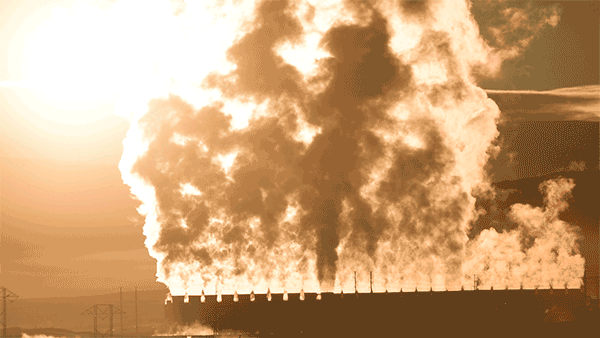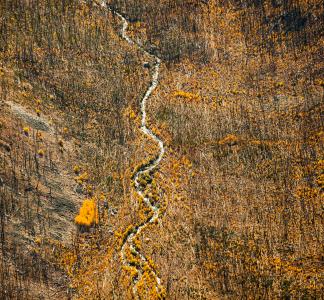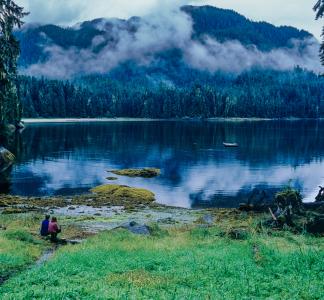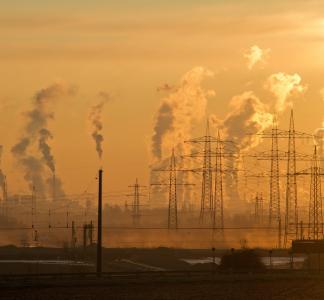New climate change legislation is a game-changer
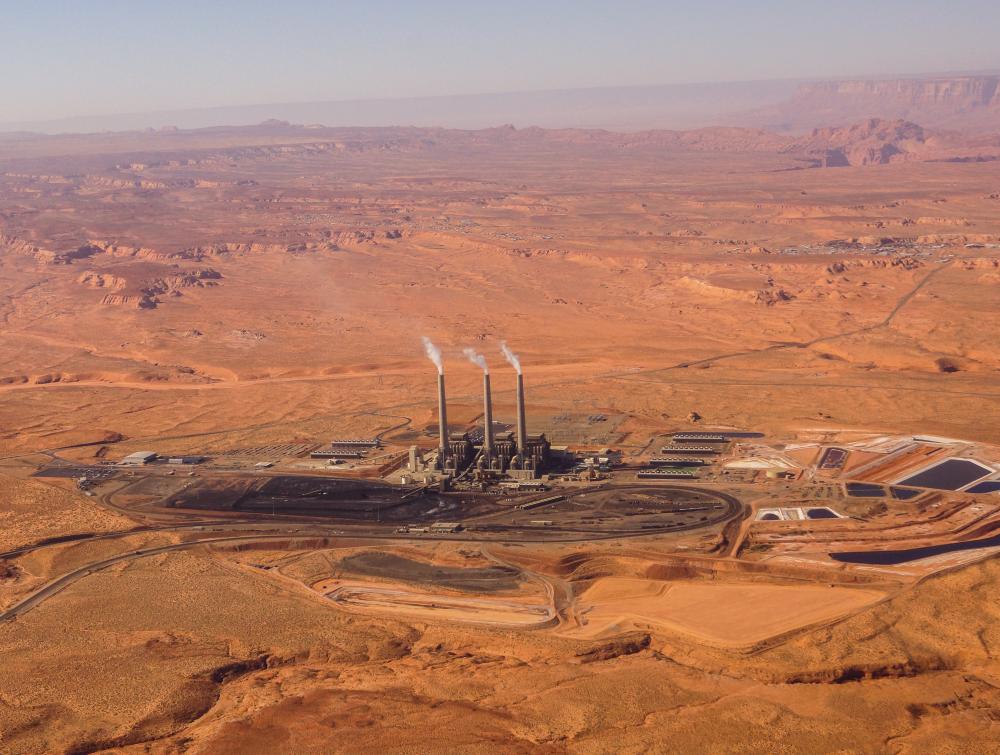
The bill would reduce and offset climate emissions from public lands
EcoFlight
Bill aims to reach net-zero emissions on public lands and waters by 2040
There’s a new legislation in town, and it could considerably improve how we tackle the growing threat of climate change.
A bill recently introduced in the House of Representatives aims to rein in the country’s climate emissions by achieving net-zero emissions on public lands and waters by 2040.
That means reducing emissions that originate from fossil fuel extraction on those lands and implementing strategies to offset the portion that’s left – including boosting renewable energy. In the end, the net amount of climate emissions from public lands would amount to zero.
The American Public Lands and Waters Climate Solutions Act was introduced by Representative Raúl M. Grijalva (D-Ariz.) and sponsored by multiple members of the House Committee on Natural Resources. It’s the first to propose reducing and offsetting emissions from new and old fossil fuel developments on public lands and waters as a way to bring down greenhouse gas emissions.
There’s good reason to be excited. This is exactly what we need as the climate crisis gets worse.
Emissions of greenhouse gases that trap heat in the Earth’s atmosphere are at an all-time high and show no signs of slowing down. According to the United Nations, we need to slash climate emissions drastically to limit warming to 2.7 degrees Fahrenheit or less and avoid the worst consequences – and we need to do it quickly.
Targeting fossil fuel extraction on American public lands can help. The United States is the second-largest greenhouse gas emitter in the world behind China. More than 20 percent of the nation’s total emissions come from fuels drilled on our shared lands.
The road to net-zero emissions
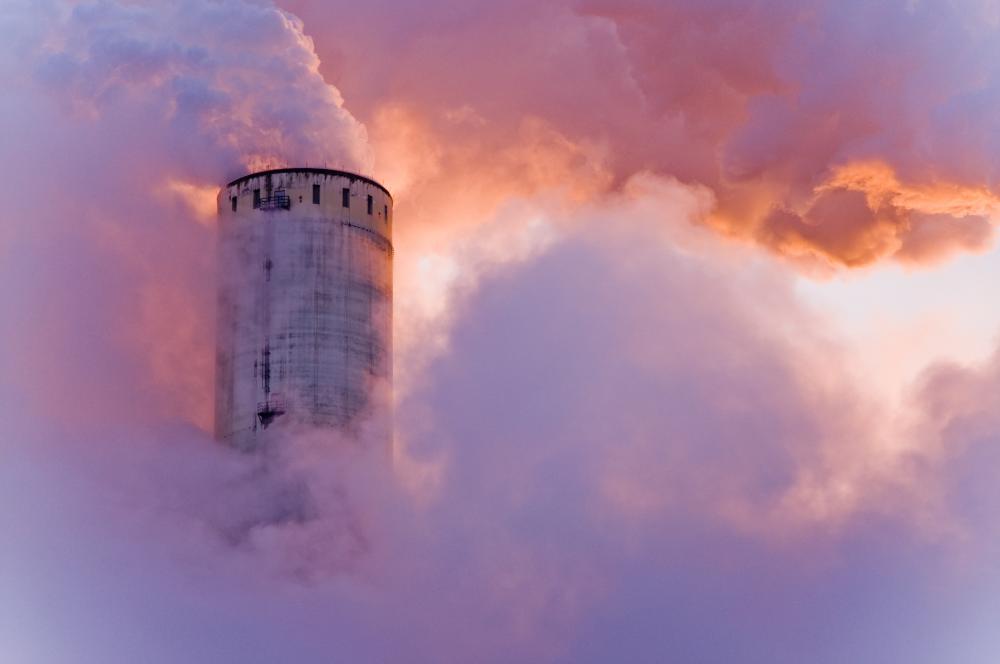
Reducing fossil fuel development can help to tame air pollution
Patrick/Flickr
We know what you’re thinking. We can wish for net-zero emissions on public lands all we want, but can we actually get there? We think so.
This bill touches on all the right notes.
The legislation would set clear emissions targets to be met every five years. It would also increase land leasing fees and royalties, forcing developers to pay their fair share when using public lands for fossil fuel development. Today the process can cost them less than a cup of coffee.
What’s more, the bill would increase our shared lands’ potential to offset carbon emissions. Not only by increasing responsible clean energy projects on those lands, but also making sure they are in good shape to absorb climate emissions. The Tongass National Forest in Alaska, for instance, is one of the most productive carbon-trapping forests on Earth.
Lastly, the legislation would assist local communities.
By reducing fossil fuel development on public lands, it would tame air pollution that tends to disproportionately impact communities of color. Black people and Latinos are more likely to live near oil, gas, and coal plants, and therefore more likely to suffer health issues from pollution released by those sites, notably asthma and cardiovascular diseases.
The legislation would also gather funds to assist those who depend economically on the fossil fuel industry. For example, families in the Appalachian region have worked with coal mining for generations. As those jobs die down and there’s an increase in renewable energy projects, they’ll need help making the shift.
What’s next?
We’re thrilled to see a bill that addresses public lands as part of the solution to climate change.
The bill has a long road ahead. But as the climate crisis becomes more dire, we’re hoping the legislation will gather bipartisan support. After all, as we search for climate solutions, we don’t have to look far. There’s a great one right here on our backyard – our public lands.
